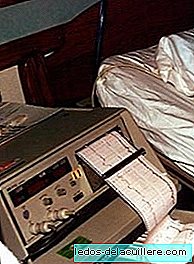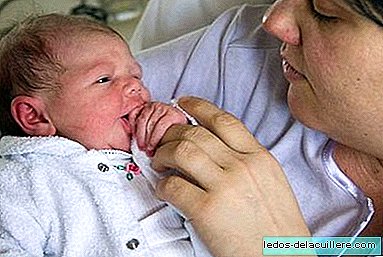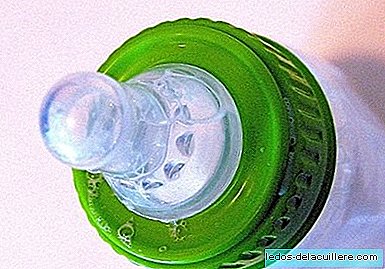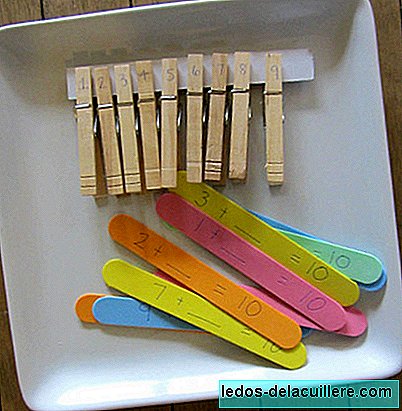
When there is very little left to give birth, about fifteen days to leave accounts, your gynecologist asks you for a monitoring, this is a test that will show your baby's well-being more reliably.
They ask you to lie on your back on a stretcher and two belts are placed on your abdomen, each one has a mission, one is to fix an ultrasonic transmitter / receiver that can capture your child's heartbeat. The other belt will carry a sensor to control the possible imperceptible contractions for you.
All data collected by the sensors will be recorded on a strip of paper in the same way as with an electro, a scanner, etc. The important thing in this test is that your baby moves, since the data will be much clearer when interpreting your gynecologist. In some monitoring sessions, the baby may be half asleep, then the monitoring is lengthened until the baby gives a certain number of movements to be able to carry out the control, in some occasions, the midwife can advise you to eat a candy, since sugar encourages the baby and moves. Although they might also tell you "nothing, you don't want to" and have to go for a walk and come back a while later
They also use monitoring during the period of dilation and expulsion, as it guarantees the ability to know if there is fetal distress due to the number of contractions and their intensity. The baby's heartbeat during a delivery is between 120 and 160 beats per minute, if not, they may shorten the expulsion period so that the baby does not have problems.
The monitoring controls are very important before the birth, but they are also very important during the delivery, because thanks to him the state of the baby is known at all times.












